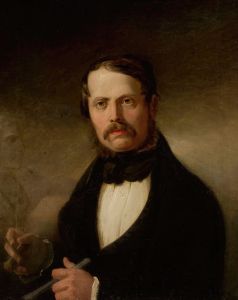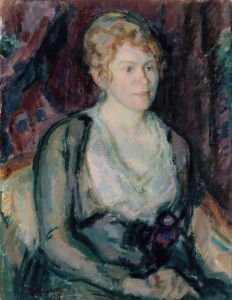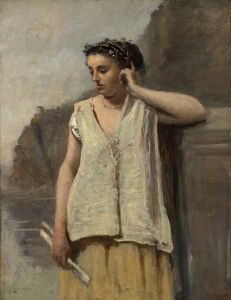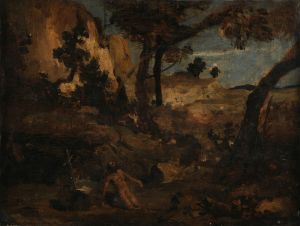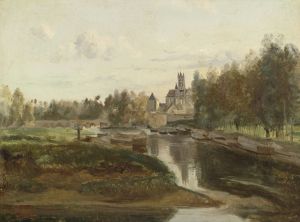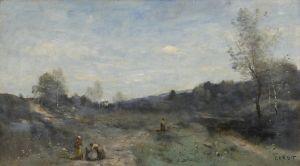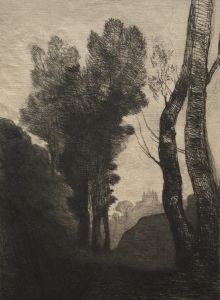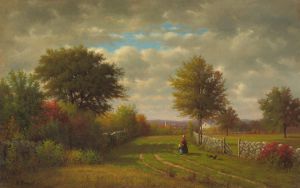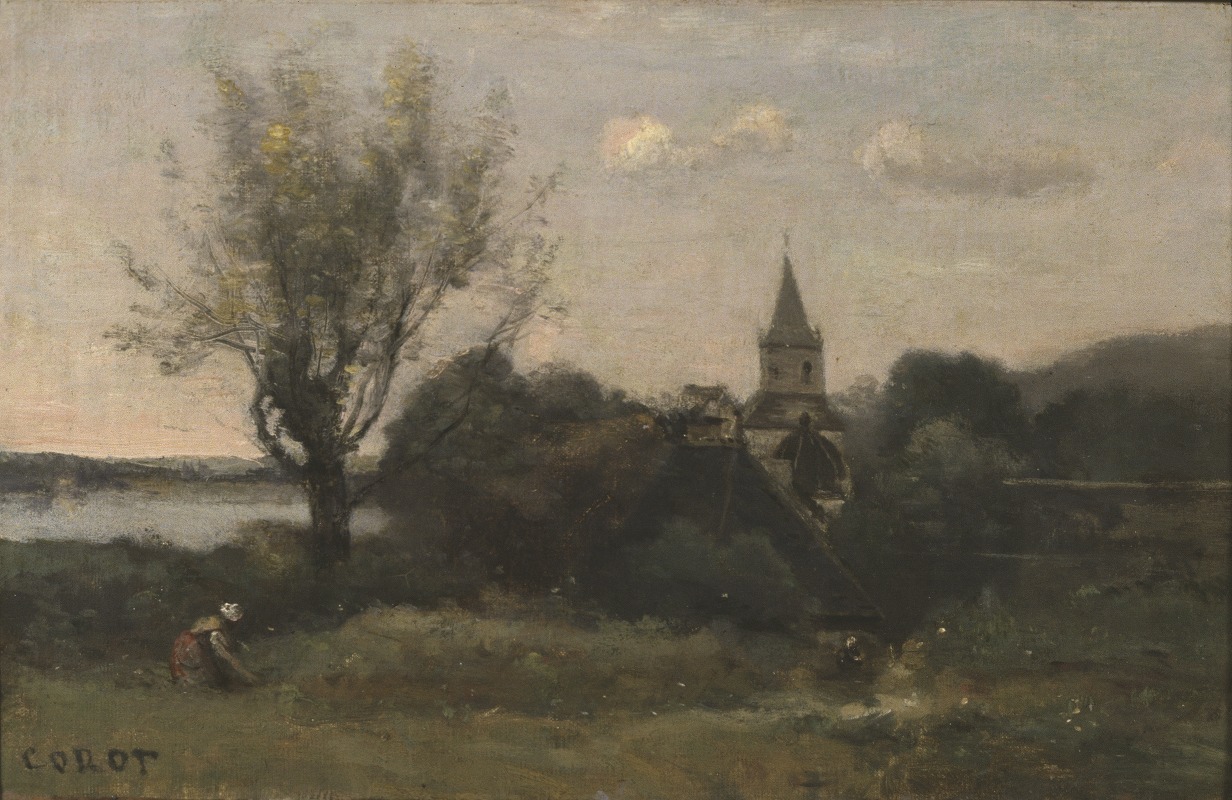
Ennery near Auvers
A hand-painted replica of Jean-Baptiste-Camille Corot’s masterpiece Ennery near Auvers, meticulously crafted by professional artists to capture the true essence of the original. Each piece is created with museum-quality canvas and rare mineral pigments, carefully painted by experienced artists with delicate brushstrokes and rich, layered colors to perfectly recreate the texture of the original artwork. Unlike machine-printed reproductions, this hand-painted version brings the painting to life, infused with the artist’s emotions and skill in every stroke. Whether for personal collection or home decoration, it instantly elevates the artistic atmosphere of any space.
"Ennery near Auvers" is a painting by the renowned French artist Jean-Baptiste-Camille Corot, a pivotal figure in landscape painting and a precursor to the Impressionist movement. Corot, born in 1796, was known for his ability to capture the subtle nuances of light and atmosphere, and his works often depict serene landscapes that reflect his deep appreciation for nature.
This particular painting, "Ennery near Auvers," is believed to have been created during the latter part of Corot's career, a time when his style had matured and he had developed a unique approach to capturing the essence of the French countryside. The painting depicts the village of Ennery, located near Auvers-sur-Oise in the Île-de-France region, an area that has inspired many artists due to its picturesque scenery and tranquil environment.
Corot's work is characterized by a harmonious blend of realism and idealism. In "Ennery near Auvers," he employs a soft, muted palette that conveys a sense of calm and tranquility. The composition is carefully balanced, with a focus on the interplay of light and shadow, which Corot masterfully uses to create depth and dimension. The painting captures the essence of a rural landscape, with its gently rolling hills, scattered trees, and a sky that seems to stretch endlessly.
Corot's technique involved working en plein air, or painting outdoors, which allowed him to observe and capture the changing effects of light and atmosphere directly from nature. This approach was innovative at the time and laid the groundwork for future developments in landscape painting, particularly influencing the Impressionists who followed him.
Throughout his career, Corot maintained a consistent focus on landscapes, though he also produced portraits and figure studies. His landscapes, however, remain his most celebrated works, and "Ennery near Auvers" exemplifies his ability to convey the serene beauty of the natural world. The painting reflects Corot's deep connection to the French countryside and his skill in rendering its quiet, understated beauty.
Corot's influence extends beyond his own works; he was a mentor to many younger artists and played a significant role in the transition from the classical traditions of the early 19th century to the more modern approaches of the Impressionists. His ability to capture the fleeting effects of light and his dedication to painting from nature were revolutionary and left a lasting impact on the art world.
"Ennery near Auvers" is a testament to Corot's mastery of landscape painting and his enduring legacy as one of the great artists of the 19th century. His works continue to be celebrated for their poetic quality and their ability to evoke a sense of peace and contemplation. Today, Corot's paintings are held in high esteem and can be found in major museums and collections around the world, where they continue to inspire and captivate audiences with their timeless beauty.





